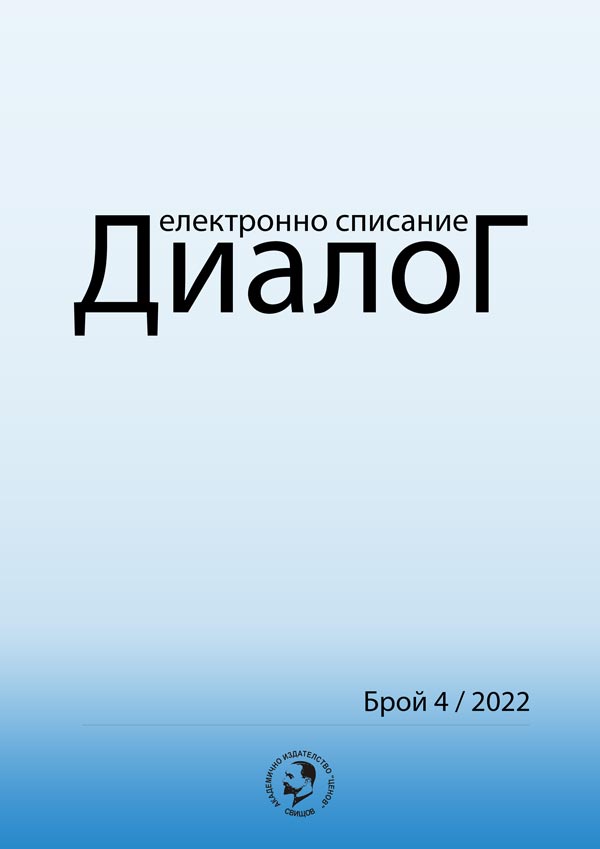Държавни преразпределителни политики в страните членки на ЕС: сравнителни характеристики
Government Redistributive Policies In EU Member States: Comparative Characteristics
Author(s): Maya TsoklinovaSubject(s): Economy, Business Economy / Management
Published by: Стопанска академия »Д. А. Ценов«
Keywords: redistributive policies; government expenditure by types of functions; Cluster analysis; public goods; differences
Summary/Abstract: Fiscal discipline regarding tax revenues and expenditure, stabilization of incomes, promotion of consumption and stimulation of economic activity during the business cycle are essential for achieving macroeconomic stability. Despite the built-in automatic stabilizers and the limit that is set in the EU in terms of government expenditure, they are not a guarantee of achieving similarity in the economic development of individual EU member states and their behaviour, especially during economic crises, as well as in terms of quantity of supply of public goods relevant to public welfare. In addition, each EU member state constructs its economic policy in a way that meets the commonly accepted objectives in the EU. In this sense, government expenditures of the sub-sector “Central Government” are a necessary mechanism for ensuring the sustainability and stability of national economies and are a criterion for achieving the medium and long-term goals in government programs. The main goal of the article is to systematize the EU member states into homogeneous groups (Клъстърs) based on the relative shares of expenditure by functions of the COFOG in GDP, and on this basis to make a comparative analysis of the financing of public goods important to society, which reflects differences in state redistributive policies at EU level. The research hypothesis defended in the present study states that, regardless of the existence of common fiscal rules and policies in the EU, there is a significant difference in the financing of public goods in individual EU member states, which is a prerequisite for different government redistributive policies at the EU level , as well as for the differentiated implementation of the goals set in the “Europe 2020” strategy, related to the generation of intelligent, sustainable and inclusive growth. Non-hierarchical Cluster analysis and more specifically K-means Cluster was used to achieve the research objective.
Journal: Електронно списание »Диалог«
- Issue Year: 2022
- Issue No: 4
- Page Range: 32-51
- Page Count: 20
- Language: Bulgarian

